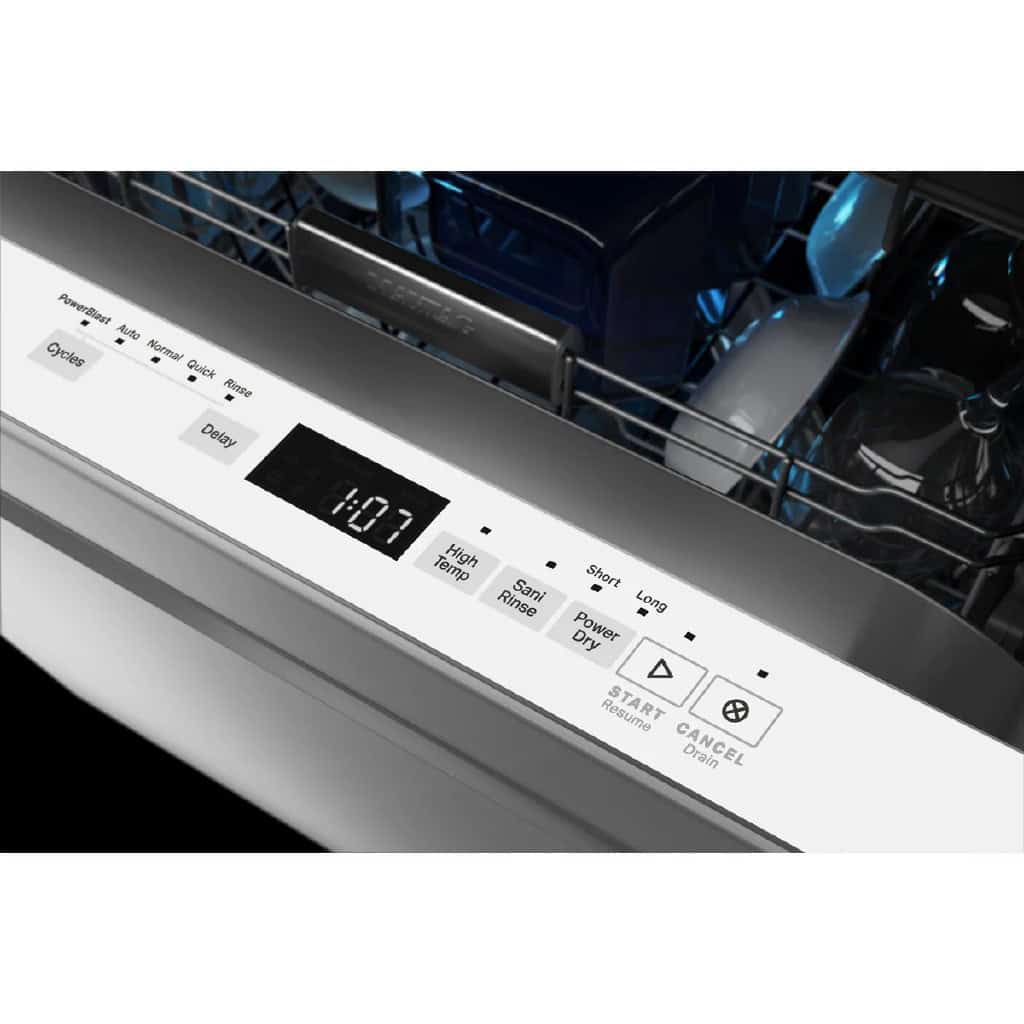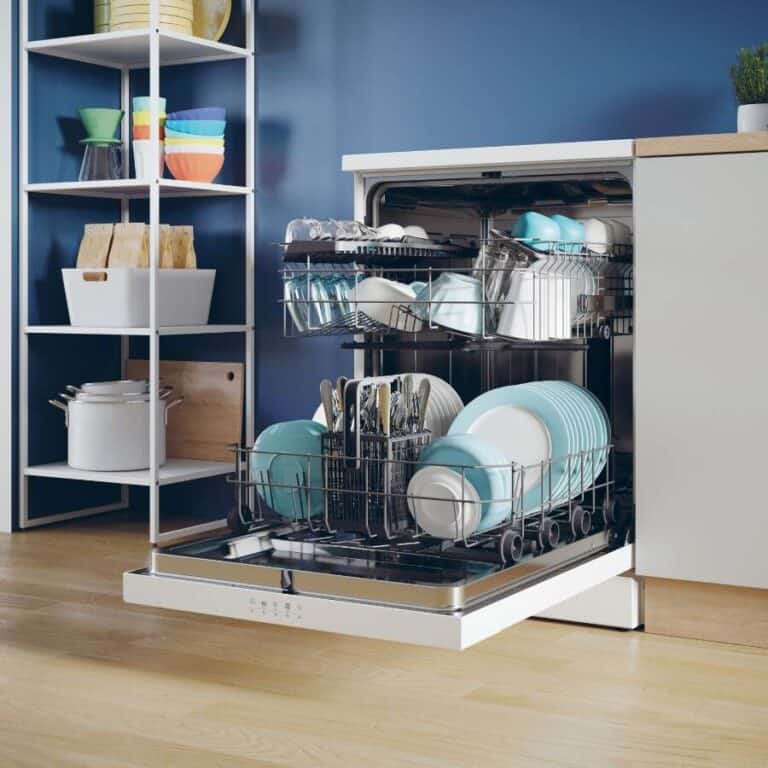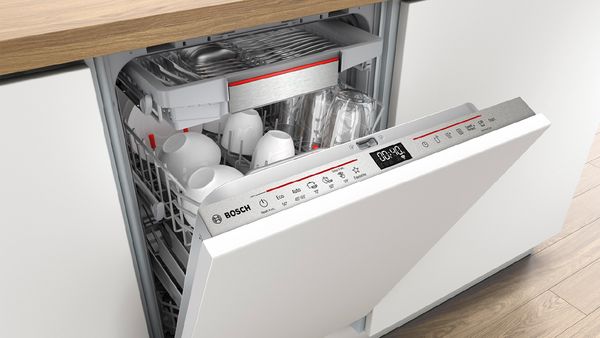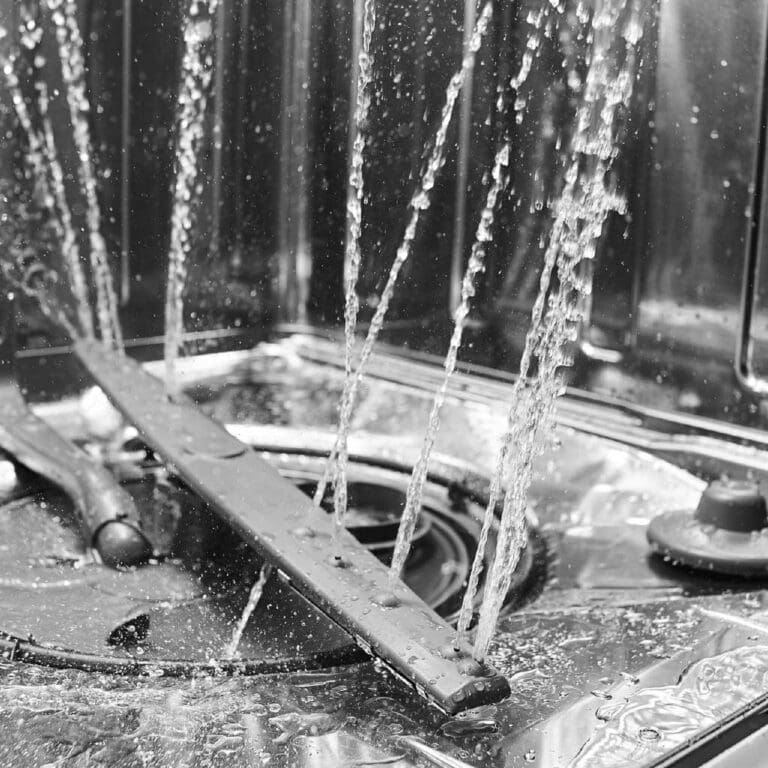Why Does My Dishwasher Keep Tripping the Breaker?
Have you ever been in the middle of a dishwashing cycle, only to have everything come to a screeching halt because the breaker tripped? It’s like the universe decided your dishwasher needed a timeout, but you definitely didn’t agree.
I know I’ve been there, and I can tell you that nothing is more frustrating than dealing with an appliance that seems to be on strike. So, why does your dishwasher keep tripping the breaker, and how can you stop this from happening?
Let’s dive into the common causes and, more importantly, the solutions that can get your dishwasher shut off to be back on track. I’ve walked through this process myself, and trust me, it’s a bit of a puzzle—sometimes tricky, but always solvable.
Common Causes of a Dishwasher Tripping the Breaker
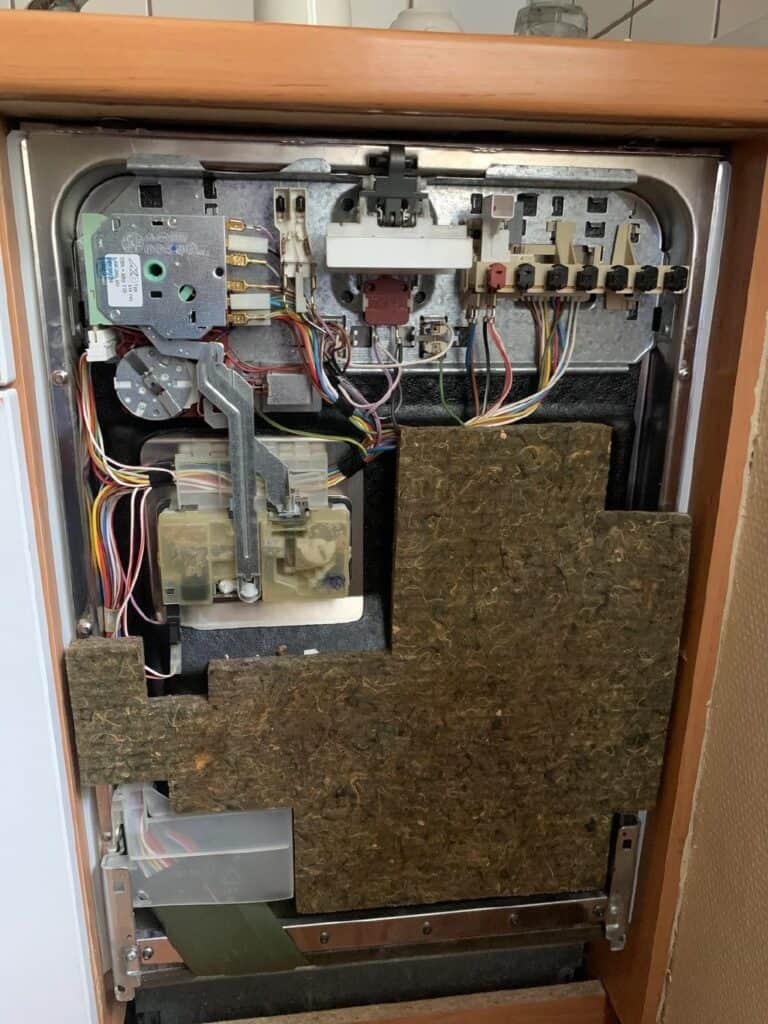
Before you call in a professional or start pulling out your hair, it helps to know what could be causing this issue. Dishwashers are powerful machines that rely on a complex web of electricity and water, so if one part goes awry, the whole system can fail. Here’s what could be behind the breaker constantly tripping.
1. Faulty Wiring
It’s not uncommon for wiring issues to cause a circuit breaker to trip. The dishwasher’s wiring might have been installed incorrectly or could have become damaged over time. Picture this: the electrical current tries to flow through the wires, but a damaged wire acts like a roadblock, forcing the current to stop, which is exactly what a breaker is designed to do.
This problem is not just an inconvenience but a safety risk, and it can lead to bigger issues down the line.
2. Short Circuit
Short circuits are the villains in many electrical mysteries, and your dishwasher is no different. A short circuit occurs when a hot wire touches a neutral wire, or if something inside the dishwasher is leaking moisture onto electrical components. It’s like a sudden flood that overwhelms the system, forcing the breaker to cut power to prevent a fire or further damage.
If this is the case, you’ll need to identify the source of the short circuit and repair or replace the damaged part.
3. Overloaded Circuit
Sometimes the issue isn’t with the dishwasher itself but with the electrical circuit it’s on. If the circuit that powers the dishwasher is shared with other high-powered appliances, like the microwave or garbage disposal, the circuit can become overloaded.
It’s like trying to squeeze too many people into a phone booth—it’s just not going to work. When the dishwasher tries to draw power, the breaker trips to prevent overheating.
4. Faulty Heating Element
The heating element in your dishwasher is responsible for drying the dishes and heating the water during the cycle. If it’s gone bad, it can cause a surge in electricity, which may trip the breaker. This happens because the heating element could be malfunctioning and drawing more power than it should. Think of it like a car that’s working overtime to keep the engine running, only to blow a gasket.
5. Overloaded Dishwasher
If you’re cramming in every plate, pot, and pan you own, you might be unknowingly overloading your dishwasher. When the dishwasher is overstuffed, it can cause internal issues like increased resistance or excessive power usage, both of which can trigger the breaker. It’s like trying to carry a stack of books that’s too high—eventually, something’s going to topple over.
Troubleshooting Tips: What to Do When Your Dishwasher Trips the Breaker
Okay, now that we know what might be going wrong, it’s time to roll up our sleeves and get to work. Here are a few practical steps you can take to troubleshoot the issue and hopefully prevent future breakdowns.
Step 1: Check the Wiring
Start by inspecting the wiring that connects your dishwasher to the electrical supply. Turn off the power to the dishwasher by flipping the breaker switch to the “off” position. This is a safety measure—you don’t want to mess with electrical components while the power is on. If you notice any frayed or exposed wires, they may be the culprit.
In that case, it’s best to consult an electrician to replace or repair the wiring. DIY electrical work can be dangerous, so don’t hesitate to call in a professional if needed.
Step 2: Inspect the Heating Element
Next up is the heating element. To check if it’s the source of the issue, look for any visible signs of damage, like burn marks or corrosion. A multimeter can be used to test the heating element’s resistance—if the resistance is too high or too low, it’s time to replace the heating element. If you’re not sure how to test it yourself, a professional can help. Replacing a faulty heating element can prevent overloads and keep your dishwasher running smoothly.
Step 3: Evaluate the Circuit
The next piece of the puzzle is evaluating the circuit. Is your dishwasher sharing a circuit with other heavy-duty appliances? If so, you might be asking too much from the circuit. If the dishwasher is tripping the breaker repeatedly, you may want to consult an electrician to move the dishwasher to its own dedicated circuit. This will ensure it has the power it needs without overloading the circuit.
Step 4: Test for Short Circuits
A short circuit is often a hidden issue that can be difficult to pinpoint. Look for any signs of moisture around the dishwasher’s electrical components, especially near the control board and heating element. A water leak, even a small one, can cause a short circuit and trip the breaker.
If you suspect a short circuit, it’s best to have a professional inspect and repair the appliance. Short circuits are serious, so don’t try to fix them on your own unless you have experience with electrical work.
Step 5: Unclog the Dishwasher
An overloaded dishwasher can also cause problems, so check if your dishwasher is jam-packed with dishes. Sometimes, a dishwasher that’s too full or improperly loaded can cause internal issues like excess resistance, which could trip the breaker.
Take the time to load your dishwasher according to the manufacturer’s recommendations, leaving enough space for proper water flow and avoiding excessive weight. It might seem like a small thing, but it can make a big difference in the long run.
| Check out: Why Does My LG Dishwasher Keep Turning Off? |
How to Prevent the Breaker from Tripping Again
Once you’ve fixed the immediate issue, there are a few things you can do to prevent the breaker from tripping in the future. It’s like giving your dishwasher a little TLC to ensure smooth sailing ahead.
1. Avoid Overloading the Dishwasher
This might seem like a no-brainer, but I’ve caught myself trying to shove one more pan in the dishwasher a few times. Keep in mind that dishwashers work best when they’re properly loaded. Avoid overcrowding the racks and make sure there’s enough room for the water and detergent to circulate.
2. Use a Dedicated Circuit
If your dishwasher shares a circuit with other appliances, it’s time to have a dedicated circuit installed. This will ensure the dishwasher has enough power to run without straining the electrical system. It’s worth the investment for the peace of mind and long-term reliability.
3. Routine Maintenance
Just like a car needs an oil change, your dishwasher benefits from routine maintenance. Clean the dishwasher filters regularly, inspect the hoses, and check the wiring now and then. A little preventive care can go a long way in avoiding major breakdowns.
4. Upgrade Your Dishwasher
If your dishwasher is old and keeps tripping the breaker despite your best efforts, it might be time for an upgrade. Modern dishwashers are much more energy-efficient and have advanced safety features to prevent electrical issues. Plus, new appliances tend to run more quietly and effectively, making your life a little easier.
Quick Troubleshooting Table
| Problem | Possible Cause | Solution |
| Dishwasher trips breaker | Faulty wiring | Inspect and repair wiring |
| Dishwasher keeps tripping | Short circuit | Identify and fix the short circuit |
| Overloaded dishwasher | Too many dishes | Load dishwasher properly |
| Dishwasher not drying properly | Faulty heating element | Replace heating element |
| Dishwasher trips breaker | Shared circuit overload | Install dedicated circuit |
| Check out: Get an Energy Credit for Your Dishwasher |
Resetting Dishwasher Breaker After Tripping
If your dishwasher breaker has tripped, it may be due to an electrical issue or overloading the circuit. To reset the breaker, locate the electrical panel in your home and find the dishwasher’s breaker.
Flip the switch to the “off” position, then push it back to the “on” position to reset the breaker. This should restore power to the dishwasher and allow it to function normally again.
Resetting the dishwasher breaker is a simple but important step in troubleshooting electrical issues with your dishwasher. It is important to address the root cause of the tripped breaker, such as overloading the circuit or a faulty electrical connection, to prevent future issues.
If the breaker continues to trip after resetting it, it may be necessary to consult a professional electrician to inspect and repair the electrical system.
Conclusion
Dealing with a dishwasher that keeps tripping the breaker is frustrating, but it’s not a problem you can’t fix. With a little troubleshooting, you can identify whether the issue lies with faulty wiring, a short circuit, an overloaded circuit, or a malfunctioning heating element. If you catch it early and take the right steps, you’ll have your dishwasher up and running in no time.
Remember to give your dishwasher some regular care, and don’t hesitate to consult a professional if the electrical issues seem beyond your DIY skills. With a bit of attention, your dishwasher can go back to being the reliable, hardworking appliance it was always meant to be.
